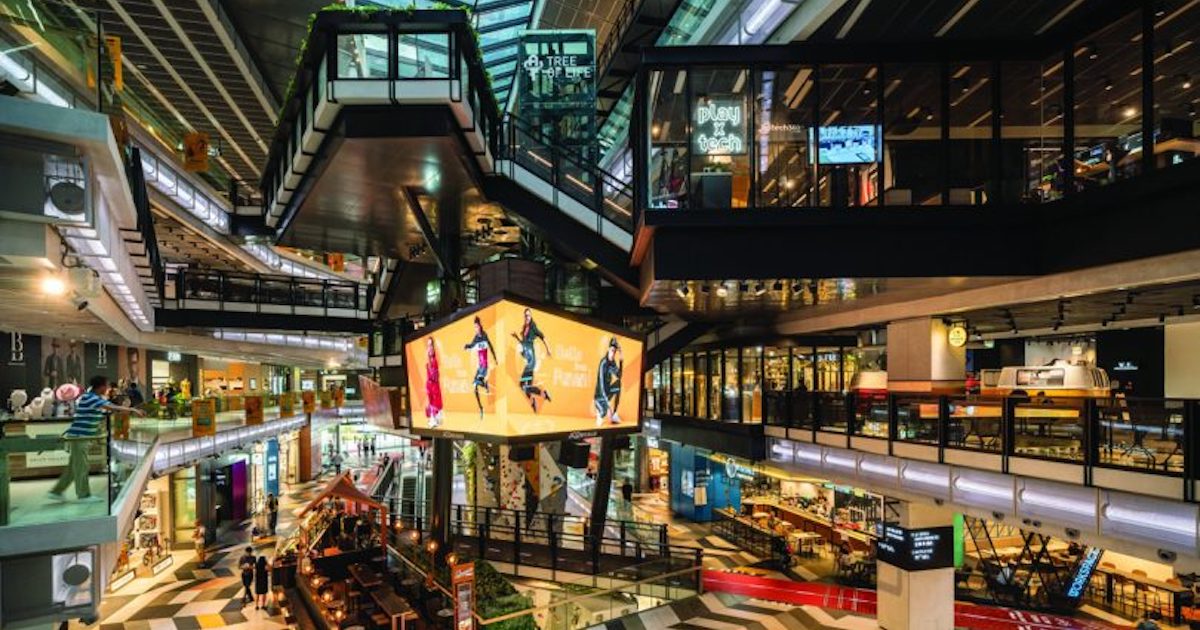It has been more than a year since the Covid-19 pandemic ravaged the globe, and a new digital normal has seemed to emerged in the past year. Singaporeans are working remotely, attending classes, and ordering groceries online.
The pandemic has also revealed the opportunities and limitations of Singapore’s e-commerce sector. Most retailers have realised that going digital is one of the best ways to reach their customer base, and have developed an e-commerce strategy.
According to Statista, revenue in the e-commerce market is projected to reach US$2,793 million (S$3762.67 million) in 2021.
On the flip side, data from Singstat showed that retail sales recovery has moderated in the second half of 2020, improving 0.2 per cent month-on-month in October. However, the index was still down 11.2 per cent year-on-year.
With a general downward trend in retail sales, e-commerce seems to be the solution to boost the retail industry.
Despite that, some brands are still choosing to set up physical stores. Is it an oddity, or is brick-and-mortar the future of retail?
From E-Commerce To Brick-And-Mortar

Last October, fashion brand Love, Bonito made the bold move of opening its fourth outlet in Singapore at VivoCity despite the Covid-19 pandemic.
Spanning over 4,300 square feet, it is designed to bring in elements of outdoor serenity for an indoor respite amidst the bustle of the human traffic in the mall.
Another brand that joined Love, Bonito in expanding physically is French sporting goods retailer Decathlon, which opened its fifth experience store, Decathlon Orchard, at The Centrepoint shopping mall.
Online fast-fashion retailer Pomelo also opened a second store at Nex mall in Singapore last November.
Over the years, there has also been a rising trend of Singaporean blogshops opening physical stores. For example, Fayth, Runway Bandits, and Shop Sassy Dream all have set up physical outlets, despite starting off as blogshops.
Elevating The Customer Experience

Opening a physical store can provide a brand’s customers with a seamless and integrated online and offline experience.
With the online marketplace being so saturated, better in-store experiences can help to attract and retain customers more effectively. That’s why brands have put in the extra effort to enhance the interior of their stores and provide specialised experiences.
For example, Love, Bonito’s VivoCity store features materials and elements typically used in outdoor finishings such as granite, terracotta, hints of bamboo and greenery. The space allows women and mothers shopping with children to feel relaxed while they get their retail therapy fix.
The store also has family-friendly features such as extra-wide aisles and modular fitting rooms that combine to fit a stroller, since the outlet takes on a family-friendly concept.
On the other hand, the Decathlon Centrepoint store features modern technological systems and virtual reality (VR) test zones, a first for the brand. According to Timeout, the VR test zone includes an area where shoppers can simulate an immersive camping experience in Decathlon’s tent options in day and night settings.
Another first is a 3D morphological machine which allows customers to get accurate, personalised 3D measures of their foot size and gait in order to purchase the right shoes.
These strategies implemented by brands to heighten customer experience are difficult to replicate if brands were to stay online completely, and customers who used to shop online only can now enjoy a bespoke experience.
Bridging The Gap Between Online And Offline

Though online shopping offers great convenience, there are various needs that fully online businesses are unable to meet.
In the realm of fashion, it is important for customers to be able to purchase clothing items that are of a good fit and quality. Physical venues allow for customers to try on or test new products before making the commitment to buy them.
According to retail industry expert and ex-director of CBRE Chan Yee Yin, “customers still value elements of a traditional retail experience, such as the physical touch and feel of the product.”
Having a physical store also makes it easier for businesses to connect with its customers. About a year ago, decadent cookie brand Nasty Cookie opened its first outlet at Funan Mall.
Even though the business was doing well online, founder Regine Sum wanted to create a brand that could connect people, which is why she opened a retail store.
Today, the brand has three outlets, including a cafe at Kaki Bukit.
With the pandemic forcing consumers to get comfortable shopping online, we understand the greater need to provide them with an exceptional experience through our physical stores.
We believe that at the end of the day, nothing will replace human interactions. Customers expect convenience, but they crave connection — meaningful connection, a sense of community.
Rachel Lim, co-founder of Love, Bonito in a separate interview with Vulcan Post
It is also a good way for brands to have a point-of-contact with its customers, allowing it to receive feedback which could be instrumental in product development.
Furthermore, having a physical store creates greater visibility for a brand which can translate to more sales, both online and offline.
A Balance Needs To Be Drawn
While the benefits of moving an online store offline is apparent, not every brand can afford to set up a physical retail space.
While this approach might work for brands which already have a large following, newer and smaller brands with less capital might lack the ability to sustain running a physical store.
Besides investing heavily in a physical store, brands can consider selling at flea markets and pop-up stores in the meantime.
Pop-up shops provide the opportunity to bring a refined service into several different markets without the risks of unsold inventory or the cost outlay of permanent store space.
“Since pop-ups create their own spaces and return those spaces to their original form when vacating, there’s very little maintenance required, reducing the carrying costs for vacant real estate,” said Yee Yin.
In other words, pop-up shops are an agile plug-and-play concept, and it can be set up with minimal fuss and manpower.
This can be another way for brands to invest more into marketing and brand recognition first before transitioning to a retail store.
Featured Image Credit: Construction Plus Asia








